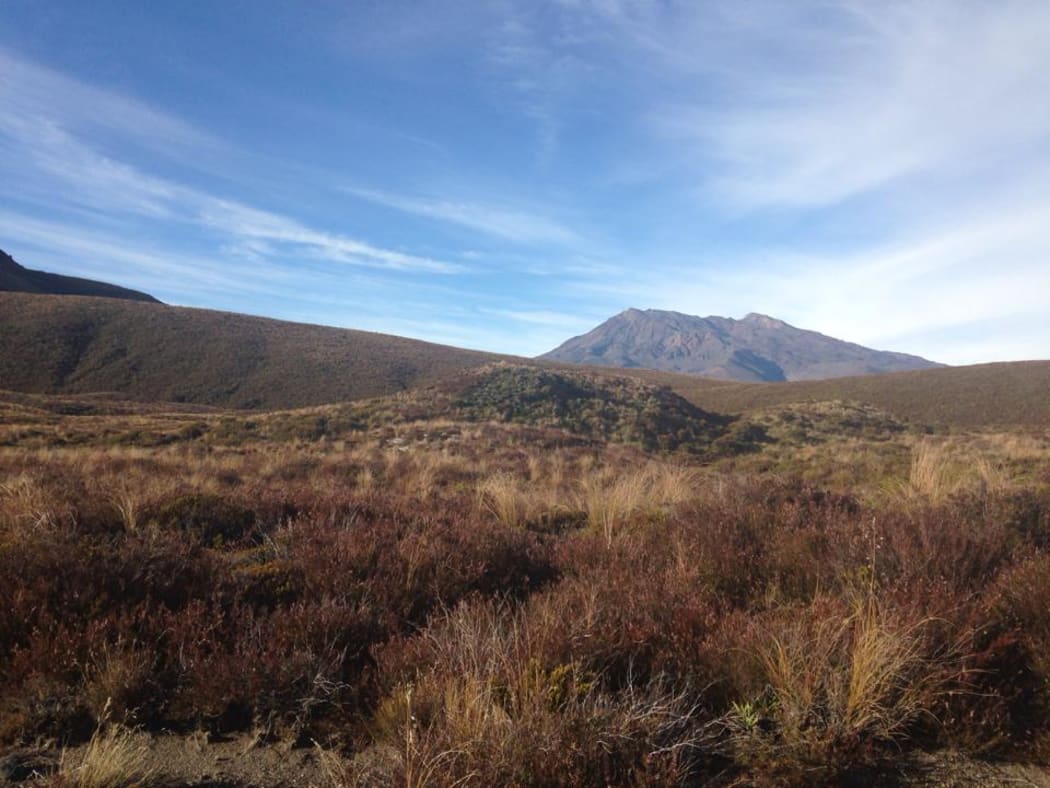King Country residents fed up with high lines prices will see a change in the way they are billed, but the lines company says costs could stay about the same.
Locals have been feuding with The Lines Company (TLR) for a decade over the cost of line use, claiming the peak rate is charged over the whole year, forcing people to conserve power during the winter, when it's needed most.

The Lines Company covers the King Country and Ruapehu District, including New Zealand's highest connection point, on Mt Ruapehu. Photo: RNZ / Kate Newton
A Parliamentary committee has looked into the issue, and mayors and consumers' advocates have been lobbying the company and helping people try to find ways to reduce their power bills.
To set the price for the whole year, The Lines Company uses the six highest two-hour periods of power usage by a consumer in any year.
Some people complained they faced almost all-day monitoring during the recent cold snap - and that they chose to switch off appliances and heating for fear of getting hit with a high bill for the rest of the year.
Sandra Greenslade of the Turangi Tongariro Residents Association said people were using barbecues through winter instead of a stove and having a fireplace is a must.
"People don't mind paying for what they're using, and none of us mind saying 'OK in the winter months we're going to incur a higher charge, we want to turn our heaters on, we'd like to have a heater on in the room when it's minus five degrees outside'.
"But you can't do it - because you will pay that January, February, right the way through the year.
Ms Greenslade said some businesses had bought generators to switch to during peak time.
"The business themselves have struggled terribly to survive.
"Many of them have spent large amounts of money - $50,000 wouldn't be unusual for some companies to spend - to get themselves off the grid so that they escape from these terrible charges. Which then of course means the load is even greater for those of us left in the area."
TLC chief executive Sean Horgan said the company covered a large area with a comparatively small number of customers.
Its area stretches from the west coast to New Zealand's highest connection point, on Mt Ruapehu.
"We're one of the more expensive line companies per customer and one of the cheapest per kilometre of line," said Mr Horgan.
Last year, TLC's return on assets was just under 5 percent and a profit of $8.6 million was paid out mostly to shareholders made up of a trust in Waitomo.
Mr Horgan agreed, though, that the current pricing model wasn't acceptable.
"The way in which currently structure our pricing, it might emulate the cost structure that a network company has but it is promoting I guess perverse behaviours from our customer."
Last week the company sent a letter to customers saying a pricing review had received two independent reports including from PriceWaterhouseCoopers.
"Each report recommends that TLC change its pricing approach to one where consumers are charged for power based on the time of day they use that electricity.
"What we're proposing - and as I said this is based on the feedback we've received - is that there'll be three rates that are effectively uniform throughout the year and they'll be defined on three periods throughout the day and we will move to monthly bill.
"So people will get a very near-term signal in terms of their energy usage and cost."
However Mr Horgan said revenue for the company would remain similar.

